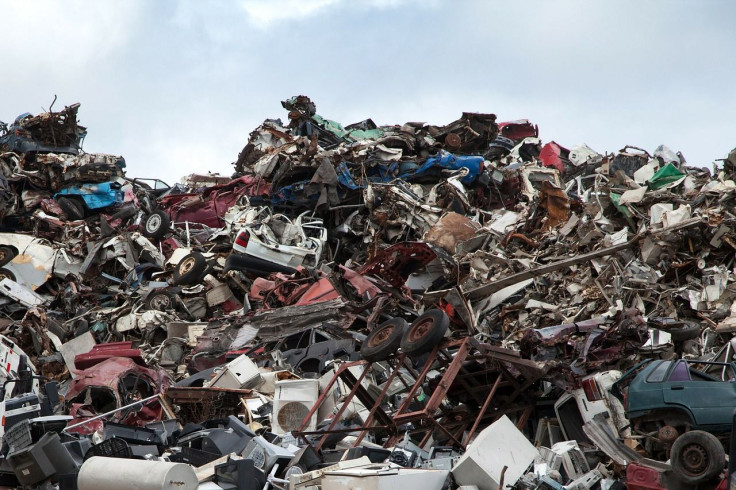Toxic Exposure: Presence Of Lead In Human Bones Shows Risk Of Metal Pollution
KEY POINTS
- Researchers looked at the bones samples of people representing 12,000 years of inhabitation
- The study showed lead production was "replicated" in human exposure
- It shows the possible risk posed by the high demand for metals
How deeply does metal pollution affect people? It's not just the environment that suffers from the pollution, but also our bodies.
For their study, published in Environmental Research Letters, a team of researchers analyzed petrous bone fragments of 130 people who were buried at a cemetery in Rome over a span of 12,000 years. This gave them a picture of the "elemental composition" in the bones of the people from before the "advent of metal production" until the 17th century, the Hebrew University of Jerusalem (HU) said in a statement.
The researchers explained that there was an "abrupt increase in lead production" after the discovery of cupellation some 5,000 years ago. This was then followed by a gradual production increase, reaching its peak during the Roman Period because of the introduction of coins and then declining again in the Middle Ages. Then, about 1,000 years ago, lead (Pb) production grew again and continued to increase to "meet the demands" of the Industrial Revolution.
So how did this affect people's bodies? Based on the researchers' analysis of 24 elements in the petrous bones, the lead absorption in the people essentially "mimicked" the worldwide lead production.
"This documentation of lead pollution throughout human history indicates that, remarkably, much of the estimated dynamics in lead production is replicated in human exposure," the researchers wrote. "Thus, lead pollution in humans has closely followed anthropogenic lead production."
"Simply put: the more lead we produce, the more people are likely to be absorbing it into their bodies. This has a highly toxic effect," study lead Yigal Erel, of HU, said in the news release.
What's more, the lead absorption rate increase happened in people "simply by breathing the air around them," even if they were not involved in lead production, HU noted.
"The close correspondence between Pb production rates and Pb levels in humans in the past suggests that this might happen nowadays and in the future in less regulated regions of the World," the researchers wrote.
Lead exposure can happen through occupational or environmental sources, the World Health Organization (WHO) explained. For instance, people can be exposed by inhaling lead particles or by ingesting lead-contaminated dust, water or food. Some unregulated items such as cosmetics and medicines can also contain lead.
According to the organization, lead inside the body can be distributed to the bones, liver, brain and kidney, adding that "there is no level of exposure to lead that is known to be without harmful effects."
"This observation raises concerns that the forecasted increase in the production of lead and other metals might affect human health in the near future," the researchers wrote.

© Copyright IBTimes 2024. All rights reserved.






















